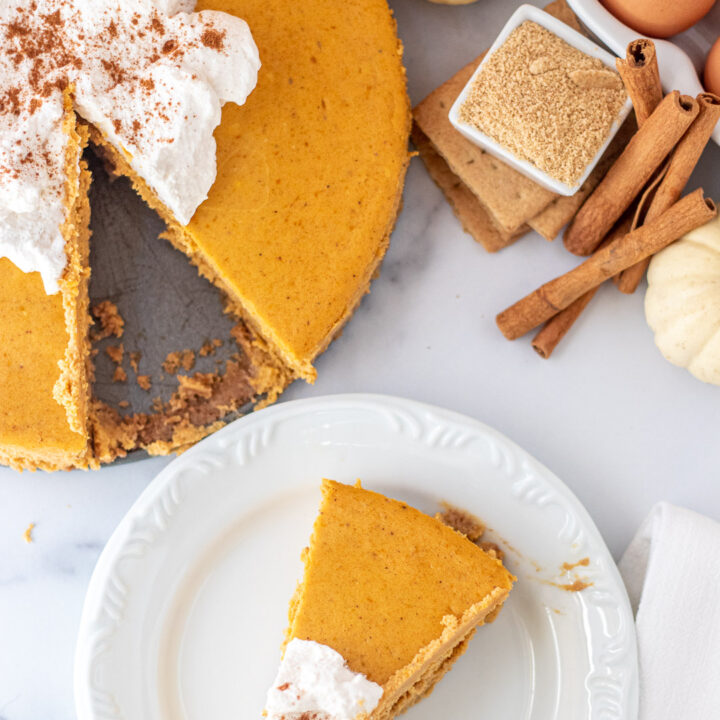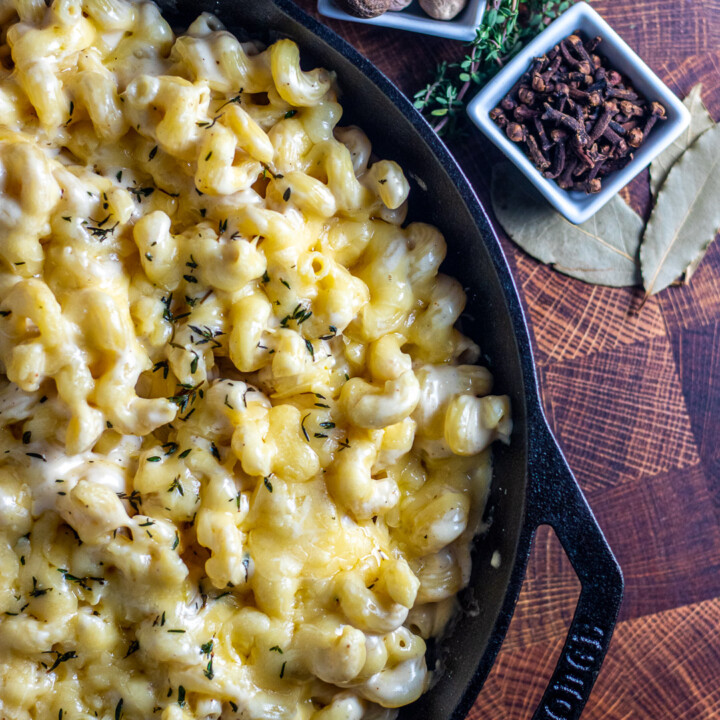
Okay, of all the Latin-themed dishes we make here at Catz, this is easily one of my favorites. For one thing, it's a Latin dessert. We don't make many of those (I'm not brave enough to deep fry ice cream yet!). Secondly, it feels adventurous when you're making it, but it's actually really easy and quite difficult to mess up - it came out basically perfect the very first time I tried it. How one comes up with a recipe this foolproof and tasty for something that can be as tricky as flan is beyond me, but we have someone named "Beth" at Allrecipes.com to thank for it. I've made some modifications each time I've made it, but they are relatively minor. All in all, I'd be hesitant to mess with this formula too much - it's basic, but it is so good!

 |
| Yes, those hearts on the fridge in the background are from my daughters. They made them for each other during craft time at the library! The mystery black canister? That would be sugar. |
 |
| Foamy and frothy flan mixture! |
 |
| We make our flan upside down! |
 |
| Why the measuring tape? Read on to the recipe to find out! |
 |
| The flan turns this beautiful color when it's ready to take out of the oven |


- Begin by adding eggs, milk, heavy cream, condensed milk, and vanilla to blender. Blend on high for one minute. Set aside.
- Preheat oven to 350 degrees.
- Add sugar to 1.5 qt (1.4L) non-stick saucepan. Heat saucepan over medium heat, swirling and sifting the sugar about to keep it from sticking to the bottom or burning. As the sugar begins to dissolve and turn brown, it may be necessary to hold the saucepan a couple of inches above the flame to keep the sugar dissolving without burning.
- When sugar is completely caramelized, liquid, and a deep golden brown with no crystalized solids, immediately pour into ramekins, swirling the ramekins about as you pour to ensure that the caramel sauce coats the bottom of each dish evenly. It is important to work quickly, as the caramel sauce will harden almost instantly upon contact with the ramekins.
- Place ramekins in a deep cookie sheet (min 1.5 in) or glass baking dish, spaced evenly. Pour flan mixture from blender into ramekins. The mixture should fill the ramekins almost to the point of overflowing.
- Add one inch of hot water to the cookie sheet or baking dish, allowing it to fill in the spaces surrounding the ramekins. Carefully (both the ramekins and the baking dish will overflow easily) place the baking dish in the oven. Bake for 40-45 minutes, or until flan is set and the mixture visible in the top of each ramekin is a bubbly golden brown.
- Carefully remove baking dish from oven (water is very hot, and still prone to overflowing) and allow water and ramekins to cool. Depending on environment and time to serve, it may be necessary to refrigerate the flan temporarily to allow it to completely set. If time is limited, ramekins may be placed in the freezer briefly.
- Run a small knife around the inside edge of each ramekin to loosen the flan. Turn ramekin upside down on a plate, hold base of ramekin firmly, and shake once or twice to free flan from ramekin. Carefully lift ramekin away from flan. Some caramel sauce may remain in ramekin. Service immediately.





Leave a Reply